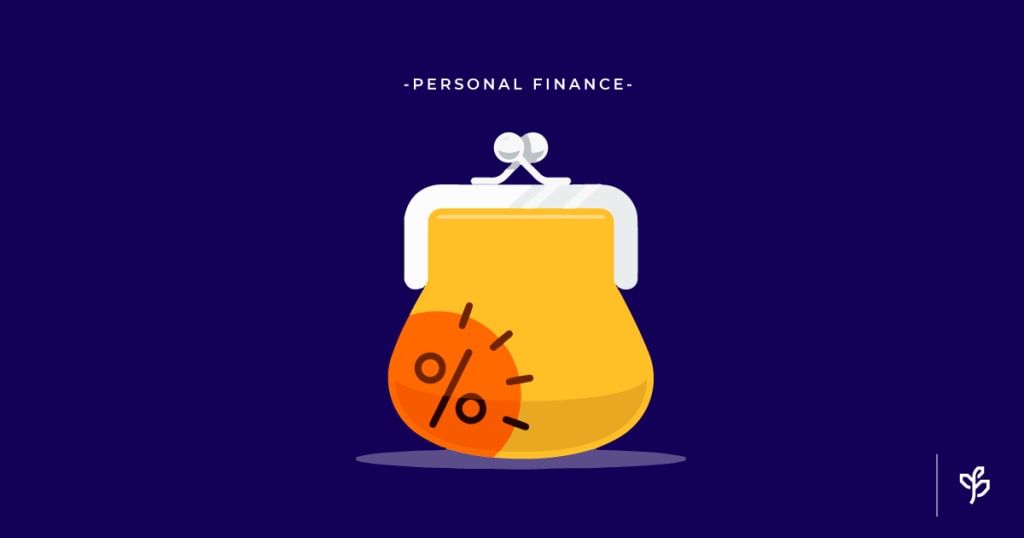What Is the Ideal Retirement Account?
We know, it seems like quantum math – there are multiple choices, rules and exceptions. But, we made it easier for you.

Here are the three most common retirement accounts, with their benefits and downsides. But, that’s not it. Along with the info, we also included some tips on how to choose the right account for you.
Let’s get to it!
1. Traditional 401(k)s
Many companies offer 401(k) plans allowing both the employer and the employee to benefit from building a nest egg and receiving tax breaks.
PROS
- Compared to IRAs (we’ll get to them in a bit), 401(k) plans have high contribution amounts of up to $18,500 (in 2018).
- Contributions lower taxable income in the year they are made and potentially fattens tax refunds. For example, let’s say you make $65,000 a year and you decide to put the max ($18,500) into your 401(k). Instead of paying income taxes on the entire $65,000 you earned, you’ll only owe on $46,500 of your salary. In other words, saving for the future let you shield $18,500 from taxation.
- Some companies offer “employer matching”, which simply means that your employer contributes a certain amount to your retirement savings plan. Typically, employers match a percentage of employee contributions, up to a certain portion of total salary. Occasionally, employers may elect to match employee contributions up to a certain dollar amount, regardless of your contribution. For example, let’s say your employer will match 50% up to your contribution of 6% of your salary. If you earned $100,000, and you make contributions of at least 6% ($6,000), your employer will match it with a contribution of $3,000 (50%).
- If you leave your job, you can roll the account over into a new employer’s 401(k) or your own IRA.
- Traditional 401(k) plans can also be borrowed against under very favorable terms.
CON S
- These employer-sponsored plans typically offer limited investment options. If you don’t like the options offered, you will have no ability to invest the money elsewhere.
- Well, Uncle Sam had to appear somewhere, right? In 401(k) plans, distributions are taxed as ordinary income, unless a Roth 401(k).
- The IRS (#americansloveabbreviations #InternalRevenueService) requires you to take distributions — called required minimum distributions — once you reach the age of 70 ½.
- High Management Fees – 401(k) plans also typically have high fees.
Read also: 10 proven strategies to save money
2. Traditional IRA
As in 401(k) plans, you make contributions with money that you can deduct on your tax returns, and any earnings potentially grow tax-deferred until you withdraw them in retirement.
However, the main difference with 401(k)s is that this is an INDIVIDUAL ACCOUNT (duh, IRA – Individual Retirement Account) and not an employer-sponsored plan. So, you’re in charge.
PROS
- Compared to Roth IRA (we’ll get to them, no worries), there are no income limits to open and contribute to a traditional IRA.
- Your money grows tax-free while it's in the account.
- Contributions are tax-deductible, so they reduce your taxable income.
- Since IRAs are self-directed you can invest it in whatever you want; that is, unlimited investing options.
- You can have both an IRA and employer-sponsored plan (if available at your job.) Therefore, you can maximize your retirement savings while taking advantage of the tax benefits of these accounts.
- You can use traditional IRA money to pay for qualified college expenses or the purchase of your first home without paying an early distribution penalty (yep, one of the downsides - read below), although you'll pay taxes on the distribution.
CONS
- Your contribution amounts on IRAs are lower than what they are for 401(k)s. As for 2018, your total contribution amounts cannot exceed $5,500 ($6,500 if you're age 50 or older) compared to the $18,500 of 401(k)s.
- There is no employer matching contribution either.
- Contributions to a Traditional IRA may not always be tax-deductible. For example, if you or your spouse participate in an employer-sponsored retirement plan, such as a 401(k), tax deductions may be reduced or phased out entirely.
- If you want to withdraw your money before age 59½, you’ll pay taxes and a 10% early distribution penalty, unless your withdrawal qualifies as an exception. Remember, there are “qualified reasons”, such as higher education expenses, home purchases, medical expenses, that avoid the 10% penalty.
- As in the case of 401(k)s, you must begin taking distributions at age 70½. At this age, you can no longer make contributions to the account.
Read also: A simple guide to start investing in stocks
Roth IRA
In comparison to the first two accounts, Roth IRA is funded with after-tax dollars, meaning you've already paid taxes on the money that goes into it, and you get no tax deduction for your contributions.
PROS
- Your contributions and investment earnings grow tax-free, meaning there’s no income tax on Roth IRA withdrawals in retirement.
- Roth IRAs are not subject to required minimum distributions (RMDs), required by other plans (#traditionalIRAs) when you turn 70½. This means your account can continue to accumulate for the rest of your life.
- You’re contributing after-tax dollars, so contributions are subject to the current tax rate, not the rate you’ll be at when you retire. If you expect your tax rate to go up, either because of legislative increases or because you’re at the beginning of your career, this could be a large saving. It makes Roth IRAs especially attractive to younger workers.
CONS
- The biggest negative associated with Roth IRAs is the contributions are not tax-deductible. But if you already have a 401(k) plan or you can live with this, the tax-free distributions are worth it.
- Roth IRAs set income limits. In 2018, the limits are $120,000 in income for single filers and $189,000 for those married filing jointly.
Read also: How to budget your money and improve your financial skills
How to choose?
If you’re eligible for the three retirement accounts but cannot afford to contribute the maximum amount to the 401(k) plan and the IRAs at the same time (to ripe all the benefits), chose the 401(k) if your company offers a matching contribution (it's essentially FREE money).
However, if your company doesn’t offer matching contributions, consider:
- Your investment options. Typically, investments in 401(k) are limited, so you may prefer to contribute to an IRA which would provide a broader range of investments from which to choose.
- The fees. Remember, even if they aren’t called trade-related fees (as in IRAs), 401(k) plans DO have fees.
- Age. Two things here. First, is your individual's current tax bracket higher than the projected tax bracket during retirement? Then, choose traditional IRA instead of Roth IRAs (remember, here you’ll be once you start taking distributions, not on your contributions). Second, if you’re are at least age 50, participating in a plan that includes a catch-up contribution feature can be an attractive choice, especially if you’re behind in accumulating a retirement nest egg. If this is the case, choosing to participate in a 401(k) plan with a catch-up feature can help to add larger amounts to the nest egg each year.
- Purpose of your retirement account: if you prefer to leave these accounts to some beneficiaries, consideration must be given as to whether you want to leave tax-free assets to beneficiaries, and whether he or she wants to avoid taking required minimum distribution (RMD) amounts.
- Income limits. Between IRAs and Roth IRAs, you should consider your eligibility to Roth IRAs according to your income.
More from FlexInvest
About the Creator
FlexInvest
Investing and finance made simple.






Comments
There are no comments for this story
Be the first to respond and start the conversation.